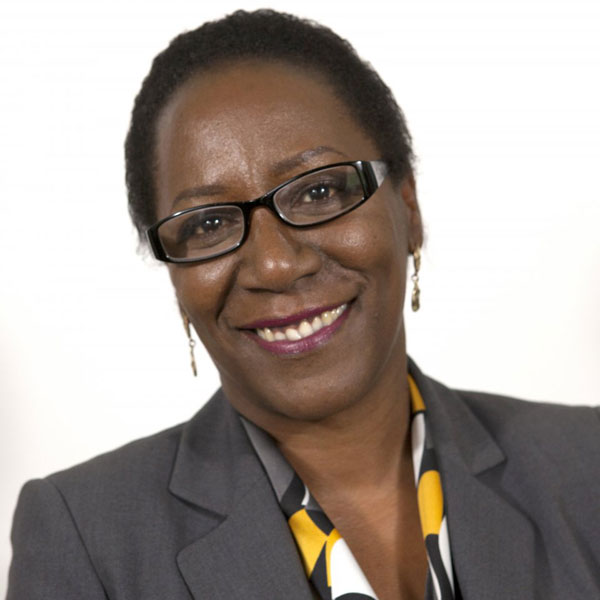
April 15, 2018; Washington Post
In Richmond, Virginia, the former capital of the Confederacy, a major expansion of the American Civil War Museum is under way—at a time when racial tensions throughout the country are running high and many people are calling for Confederate flags and statues to be taken down or removed.
The museum is led by Christy Coleman, a black woman, who has a dynamic and challenging take on what the museum can do. Hired in 2008 to manage a new Civil War museum, Coleman was eventually appointed to lead a larger institution when that museum merged with the existing Museum of the Confederacy.
Reading the account of how she navigates this process, there are some lessons in leadership that we might draw from her:
1. Change the lens.
One theory Coleman has used in her life and work is that if you can change the way people look at things, you can challenge assumptions. If you can challenge assumptions, change might be possible.
As the expanded museum takes shape, Coleman wants to change the way people think about the Civil War. Her argument is that if you just see it from the point of view of the North or the South, it maintains the story we have heard so often and that has led to easy stereotyping. Every Southerner was for slavery and every Northerner was against it, the stereotypes go. That is, of course, not true.
Instead, Coleman wants to tell the story from a variety of points of view, including those of women, enslaved blacks, American Indians, and immigrants. It breaks the standard narrative and changes the lens on that period of American history.
Sign up for our free newsletters
Subscribe to NPQ's newsletters to have our top stories delivered directly to your inbox.
By signing up, you agree to our privacy policy and terms of use, and to receive messages from NPQ and our partners.
Earlier in her career, Coleman was working at Colonial Williamsburg. An annual event staged by that organization was a reenactment of a market day. The reenactment included the sale of land and cattle. Some pointed out that in reality, a market day would include the sale of slaves, so Coleman managed to get the leadership of the organization to agree to include that one year. She and three other Blacks allowed themselves to be auctioned off to the highest bidders in a live slave auction. It changed the way people tell the story of the period, as the issue of slavery is now included in such places as Monticello and James Madison’s Montpelier.
2. Stick to what you know is right—and don’t let the begrudgers get you down.
As could be expected, Coleman’s appointment to the leadership of the museum has not been met with joy on all sides. A Confederate legacy group mounted a social media campaign to stop “Coleman from taking our heritage.”
Once, when the museum displayed a painting of Lincoln standing in the ruins of Richmond, a man who had donated many artifacts to the museum stormed in. He decried the painting as outrageous. He averred that emancipation was the worst thing that ever happened to America. He was appalled that “our story” was now in the control of a black woman. Coleman let him rant and then told him to leave the museum. She told him that his artifacts would be returned within the week.
That is the kind of strength it sometimes takes to run a nonprofit, and to do what you know needs to be done to deliver on your mission. Some people, even donors, may not like it, but you have to stick to it.
3. Be ready and willing to listen.
In Richmond, Monument Avenue is a grand residential boulevard lined with large statues. It has been listed by the National Parks Service. The issue, though, is that the statues are of the Confederate leadership and make many people uncomfortable, particularly after the recent violence in Charlottesville. Coleman has been appointed by Mayor Levar Stoney to a commission charged with recommending what to do: move the statues, tear them down, or leave them where they are.
The approach Coleman and the rest of the commission have taken is to hold a series of conversations around the community. As people speak up, and many do, they talk with passion about what the statues mean to them, what they represent. As she talks about this, Coleman points out that each person is speaking about their own story, what the statues represent to their version of the Civil War and its legacy, but none of them individually capture the whole meaning and significance of that period of our history.
The challenge of what to do with the statues aside, what we learn here is, as Coleman says, that we cannot understand, “cannot get right with each other until we are willing to listen.” By taking the time to listen to each of the individual stories, we may have a chance to understand the bigger picture and significance of what we do.—Rob Meiksins












